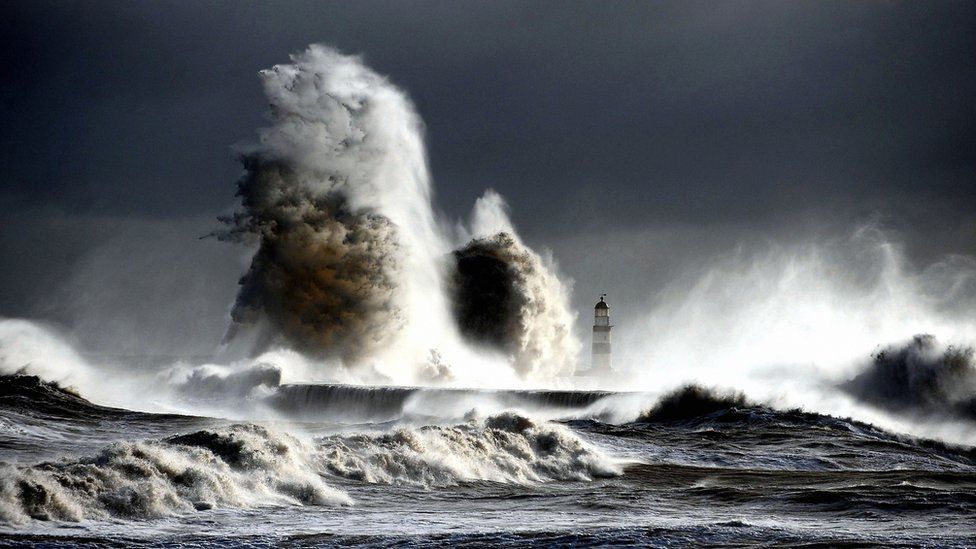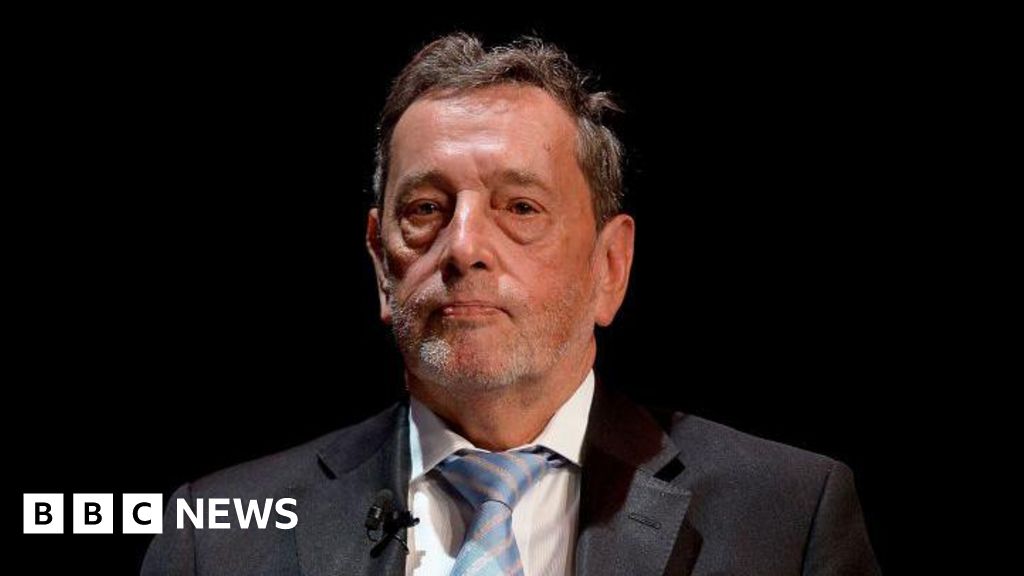ARTICLE AD BOX
 Image source, PA Media
Image source, PA Media
A future pandemic and extreme weather caused by climate change are among the key risks facing the UK, according to a new government register.
It has been published to help the UK prepare for "worst-case scenarios" of some of the most serious threats.
Officials say the list, first published in 2008, shares some previously classified information and is the most transparent ever.
It includes risks posed by advances in artificial intelligence (AI) systems.
The National Risk Register, produced by the Cabinet Office, warns these could result in chronically harmful misinformation and disinformation, or reduce the UK's economic competitiveness.
The impact of each risk has been assessed according to factors such as the potential number of lives lost and the financial cost, while the likelihood of each risk has been determined using extensive data modelling and expert analysis.
The register measures likelihood on a scale of one to five with an above 25% chance the highest score, but says this is because "all risks" considered "are relatively low likelihood events".
For "non-malicious risks" such as weather events or accidents, the likelihood is assessed over a period of five years, while for "malicious risks" such as terrorist attacks, the time period is two years.
The register, the previous version of which was published in December 2020, during the Covid pandemic, puts the chance of a future pandemic at between 5% and 25%, and concludes this would be "catastrophic".
Impact assessments for weather events such as heatwaves and storms range from "significant" to "moderate" with likelihoods of between 1% and 25%.
Drones
Climate change has already altered the risk of certain types of extreme weather in the UK, with evidence suggesting that the frequency and intensity of storms is likely to increase, the register says.
In the wake of Russia's invasion of Ukraine, the potential threat of disruption to global energy supplies is also included as one of the newly publicly-listed risks.
However, its likelihood and impact are said to be relatively low, having been assessed at between 0.2% and 1% and "moderate" respectively.
The malicious use of drones is another potential threat to be made public in the latest list, though it carries similarly low likelihood and impact ratings.
Risks to undersea transatlantic telecommunications cables used for internet and communications are also among 89 threats listed as having a potentially significant impact on the UK's safety, security or critical systems.
The new register of risks is grouped into nine categories:
- Terrorism (such as an international terrorist attack)
- Cyber (including cyber attacks on infrastructure)
- State threats (for example the loss of transatlantic telecommunications cables)
- Geographic and diplomatic (including disruption to global oil trade routes)
- Accidents and system failures (from rail accidents to disruption to space-based services)
- Natural and environmental hazards (from wildfires to drought)
- Human, animal and plant health (pandemics to foot and mouth disease)
- Societal (such as industrial action)
- Conflict and instability (including an attack on an ally of the UK)
In considering risks, the register takes recent high-profile events into account.
For example, it cites the murder of Conservative MP Sir David Amess in 2021 in its assessment of the likelihood of the assassination of a public figure, which it puts at more than 25%.
Deputy Prime Minister Oliver Dowden, who heads the Cabinet Office, will visit energy supplier SSE's Able Seaton Port facility in Hartlepool to launch the new list.
The renewables firm is overseeing the installation of the first 260 metre-high wind turbines at Dogger Bank Wind Farm.
Mr Dowden said: "This is the most comprehensive risk assessment we've ever published, so that government and our partners can put robust plans in place and be ready for anything.
"One of those rising risks is energy security. We've installed the first turbine at the future world's largest offshore wind farm, which will provide secure, low-cost and clean energy for the British people - enabling us to stand up to [Russian President Vladimir] Putin's energy ransom."
The government is urging businesses, local government and voluntary groups to play their part in helping to plan for the various risks.

 1 year ago
19
1 year ago
19








 English (US)
English (US)